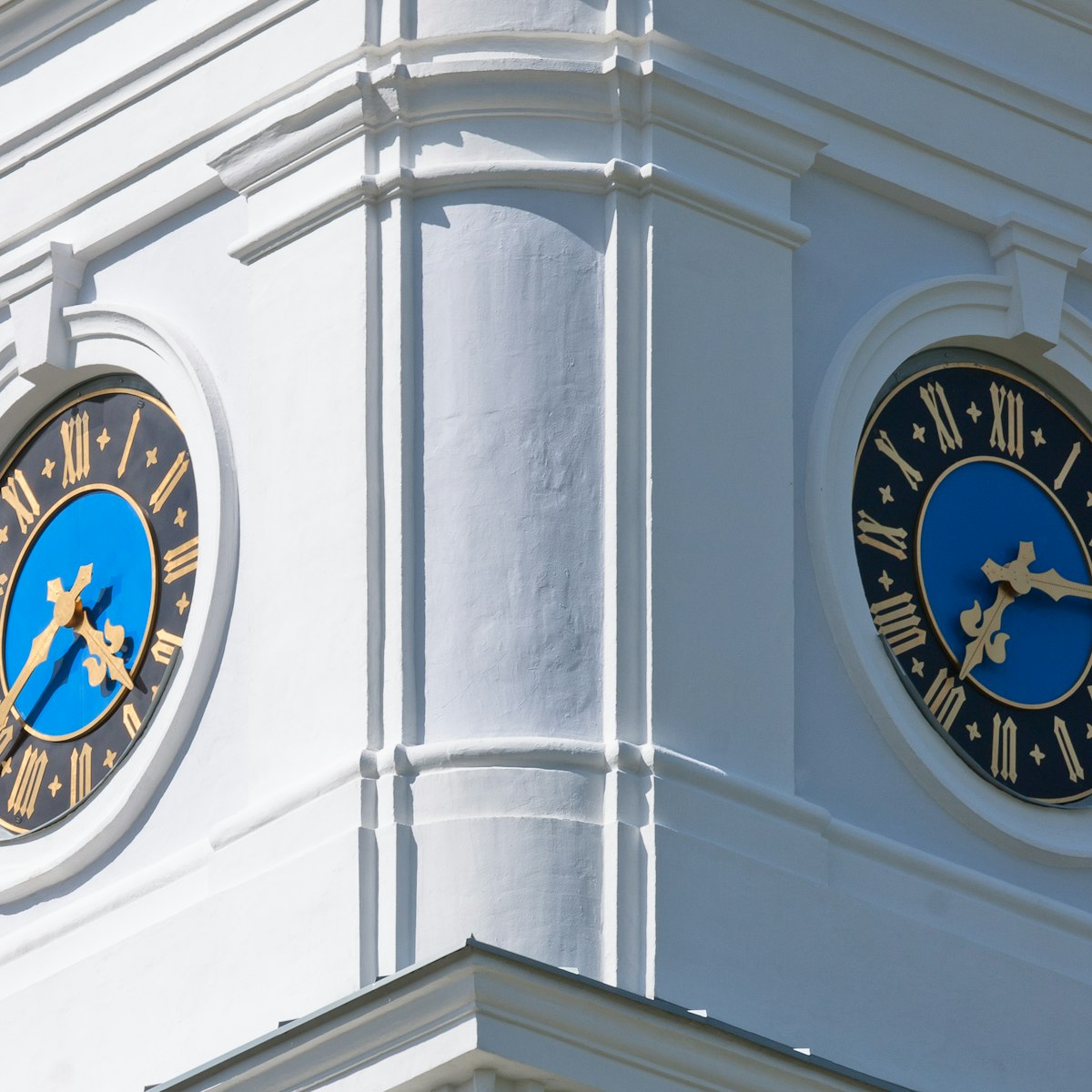Stately Vilnius Cathedral, divorced from its freestanding belfry, is a national symbol and the city's most instantly recognisable building. Known in full as the Cathedral of St Stanislav and St Vladislav, this columned neoclassical cathedral occupies a spot originally used for the worship of Perkūnas, the Lithuanian thunder god.
Register in advance to tour the crypts, the final resting place of many prominent Lithuanians including Vytautas the Great (1350–1430).
The first wooden cathedral was built here between 1387 and 1388; after several episodes of destruction and reconstruction, the present edifice was erected in the late 18th century. Note the greyish stone on the exterior, showing the older parts of the building.
The reconstruction followed the original Gothic floor plan and incorporated St Casimir's and the Valavičius family chapels in the late 18th century. St Casimir’s Chapel, with its baroque cupola, coloured marble and frescoes of the saint's life, is the cathedral's showpiece.
From 1950 the Soviets used the cathedral as a warehouse, gallery and concert venue, before its reconsecration in 1989.






